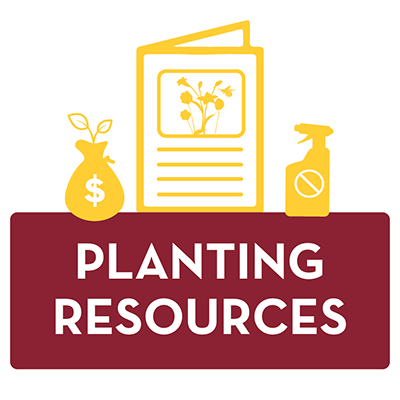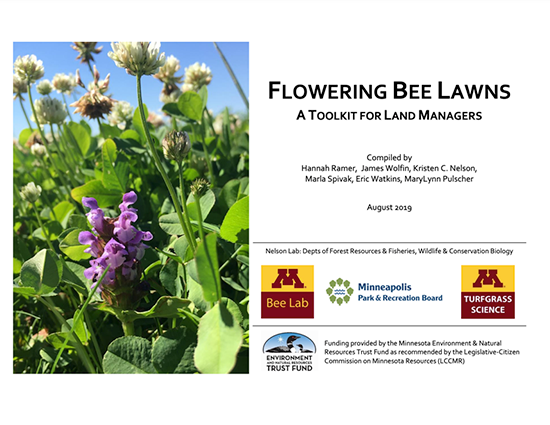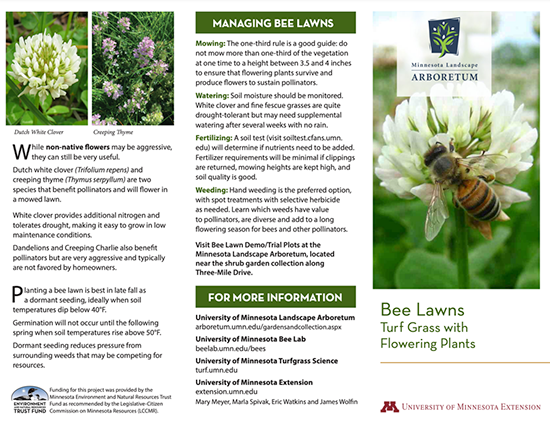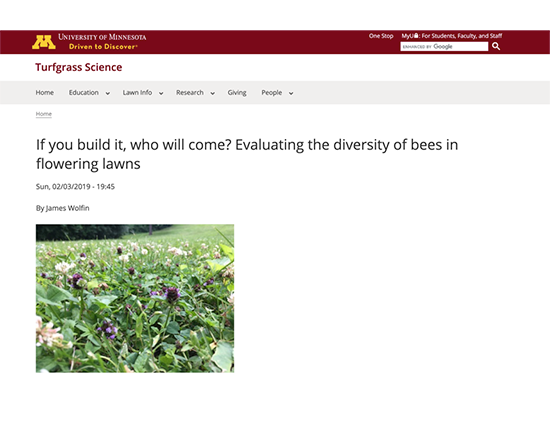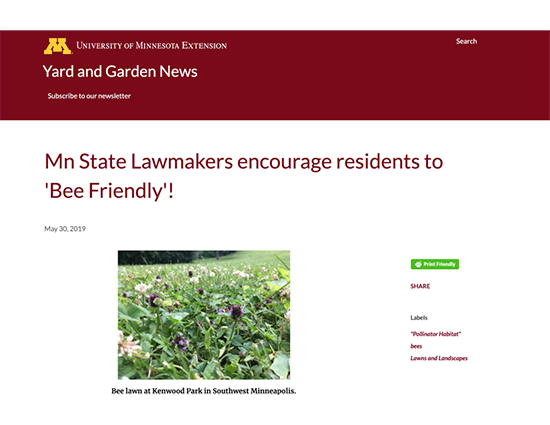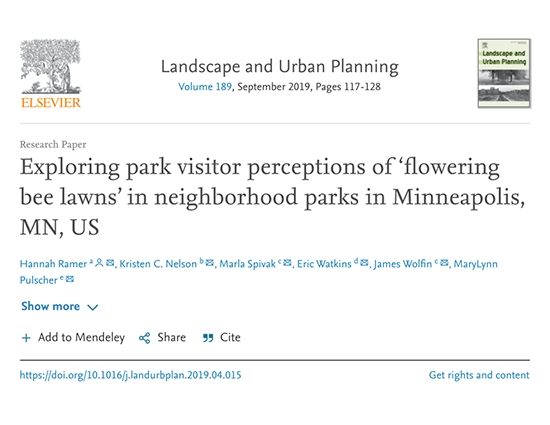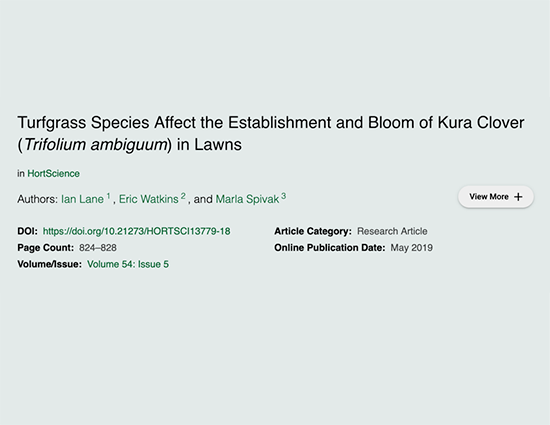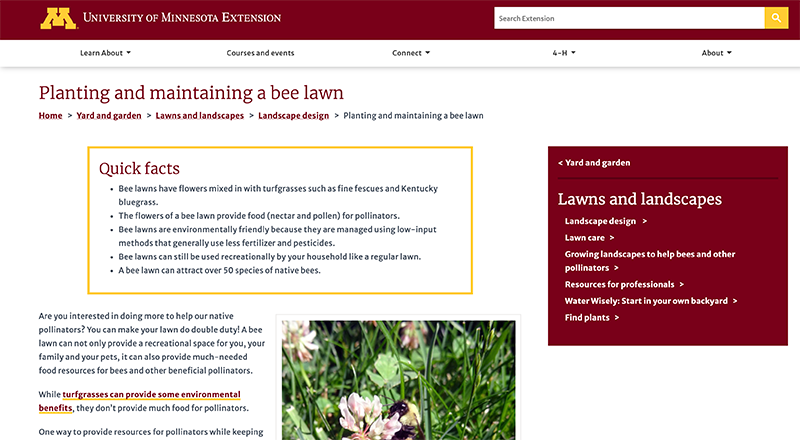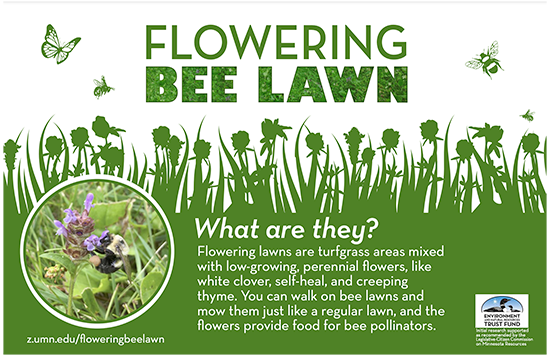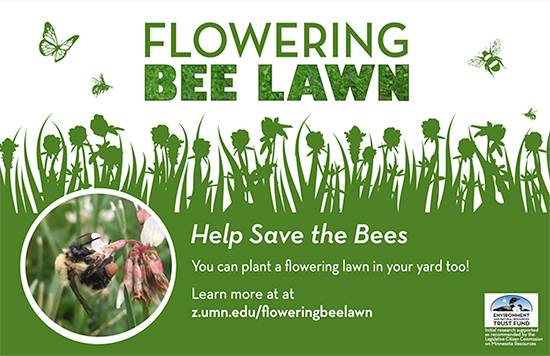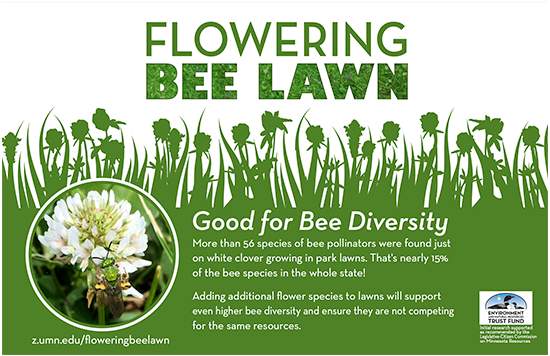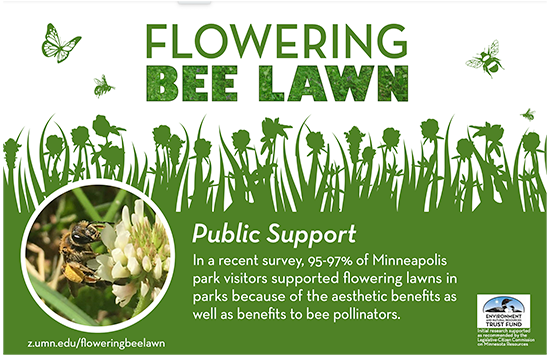A landscape design for residential yards that includes a mix of turfgrass and low growing chemical free flowering plants with the intention of supporting bees while maintaining the neat and functional aesthetic of a traditional lawn.
Bee lawns are primarily intended for homeowners and their lawns, but can also be implemented in city parks and on land owned by businesses.

